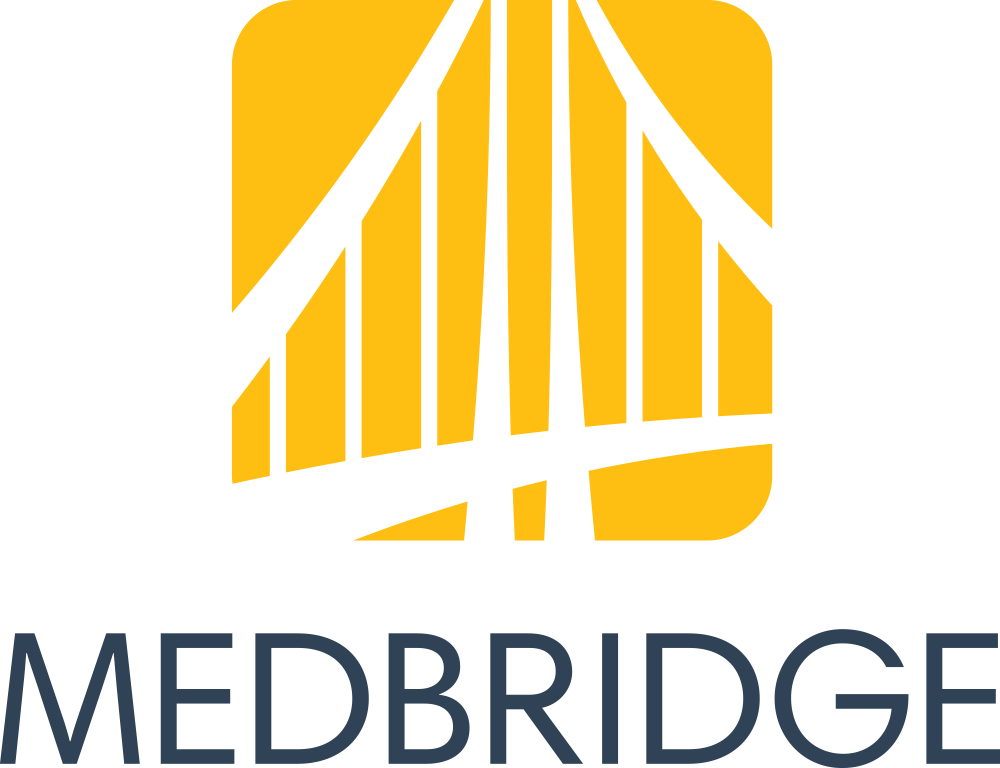SFOF is formatted as a graphic novel with a twist- one half of the book depicts episodes where characters make "unexpected" social choices and must deal with how they have changed others emotions in negative ways, leading to icky consequences. Flip the book over and the episodes, with identical situations, are presented as the characters utilize expected behaviors, with more positive emotions and consequences resulting. The episodes include ten situations very relevant to middle and high school settings (upper elementary, too), including participating in class discussions, group work, finishing homework, asking for help, figuring out what to say when hanging out, and dealing with boring moments.
 |
| Image from Social Thinking website, product description page. |
Each situation is depicted, discussed, and analyzed with a number of visual and conceptual tools that you can target with students in many other "teachable moments" beyond the contexts of the book. These include a spin on Social Thinking's Social Behavior Mapping technique, in which behaviors are linked to others' thoughts/feelings, consequences and feelings about the self, here called the Road of Social Fortune or Fate. Once explored, this concept can be used in all sorts of situations across the home and school day (see also the book on Social Behavior Mapping or its in-depth teaching via Think Social). The book also includes "Emotion Meters" and a "Problem Thermometer" to emphasize understanding of behavioral impacts on others' emotions and the "Size of Problem" strategy.
One of my favorite aspects of the book, besides the Manga graphics which kids tend to find engaging, is the use of "Strategy Codes" related to the episodes to emphasize ways of thinking about the social world. Geared to access kids' interest in games ("cheat codes" can be used to navigate through levels of various video games), these handy acronyms are ripe for visual display and reference in your therapy room. These include MOBS (Moments of Boredom Survival), FOTO (Filter Thoughts and Opinions Often), TAC (Think About Choices), and FBI-ESP (Feel it Big Inside, Express it Smaller in Public). Once established in your students' memory, these can provide quick ways of providing feedback on both expected and unexpected behaviors.
Like many aspects of Social Thinking, kids will need some time and extra activities to process and apply the information in this book, and I have mentioned before that I would be reviewing some Social Thinking products with a tech spin. I often pair lessons from SFOF with comic creation, a natural connection to the contexts of the book. Real-life photo comics can be great to create with students, but can take a bit of work with the staging and acting involved (see Story Me for a great way to get your feet wet with this type of app). I like at first to use comic creation apps that contain some content, i.e. characters and backgrounds. For awhile, this was an area lacking in iPad-dom (but see the wonderful Pixton if you have a laptop available), but this changed with the release of Comics Head (free, with full version allowing for unlimited editable comics available at 3.99).
Comics Head is a one-stop comic creator allowing you to select from a variety of character styles, emotions, and settings, including importing background images from the Camera Roll. Though the menu takes a few minutes to get used to, you (and students) can create comics with ease once familiar with the features. Comics Head also works well when paired with the Story Grammar Marker® methodology to help students plan their stories- what will the characters, setting, and initiating events be? The app, like Pixton, allows you to save your comic as a template; you can therefore remix the comic showing the characters making different social choices and experiencing corresponding likely consequences.
I have used Comics Head in this way to make comics in which students apply the various Strategy Codes from SFOF- this one was a TAC (Think about Choices), and although not exactly a nuanced interpretation of that strategy, was great work for this student!
Comics Head also lets you insert (and trim!) saved pictures, thus allowing for limitless contexts. Beyond Strategy Codes, you can consider creating comics for situations not addressed in the book or, for younger students, comics relevant to the Superflex! curriculum.
As always, YouTube is a great source of video tutorials on any app, including Comics Head.
I hope you will check out Social Fortune or Social Fate (and Comics Head). Even if you are just getting started, both of these resources will open a lot of doors for you!
Disclosure: Author was provided a free copy of this book (but already had it!) by Social Thinking, based on the work of Michelle Garcia Winner, and is a contractor for provision of blog content and workshop presentations for Mindwing Concepts, creator of the Story Grammar Marker.












